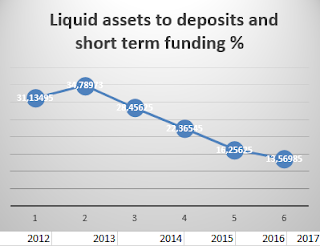Zimbabwe’s bond notes and 2017 forecast: What’s likely to happen?
The Reserve Bank of Zimbabwe will continue to print bond notes, the appetite to print more will remain as long as cash shortages persist. The continued printing of bond notes will result in increased supply of bond notes and the US dollar will continue to get scarce. Mainly this will happen because of Gresham’s law. In economics , Gresham's law is a monetary principle stating that "bad money drives out good". For example, if there are two forms of commodity money in circulation, which are accepted by law as having similar face value, the more valuable commodity will disappear from circulation. Foreign currency is used to import, at present in Zimbabwe we have a shortage of foreign currency already. The supply of US dollars will continue falling since we have more imports than exports. Logically US dollars will continue leaving Zimbabwe whilst bond remains, since it is not in used international transactions. The iron of bond notes is that its repl...

